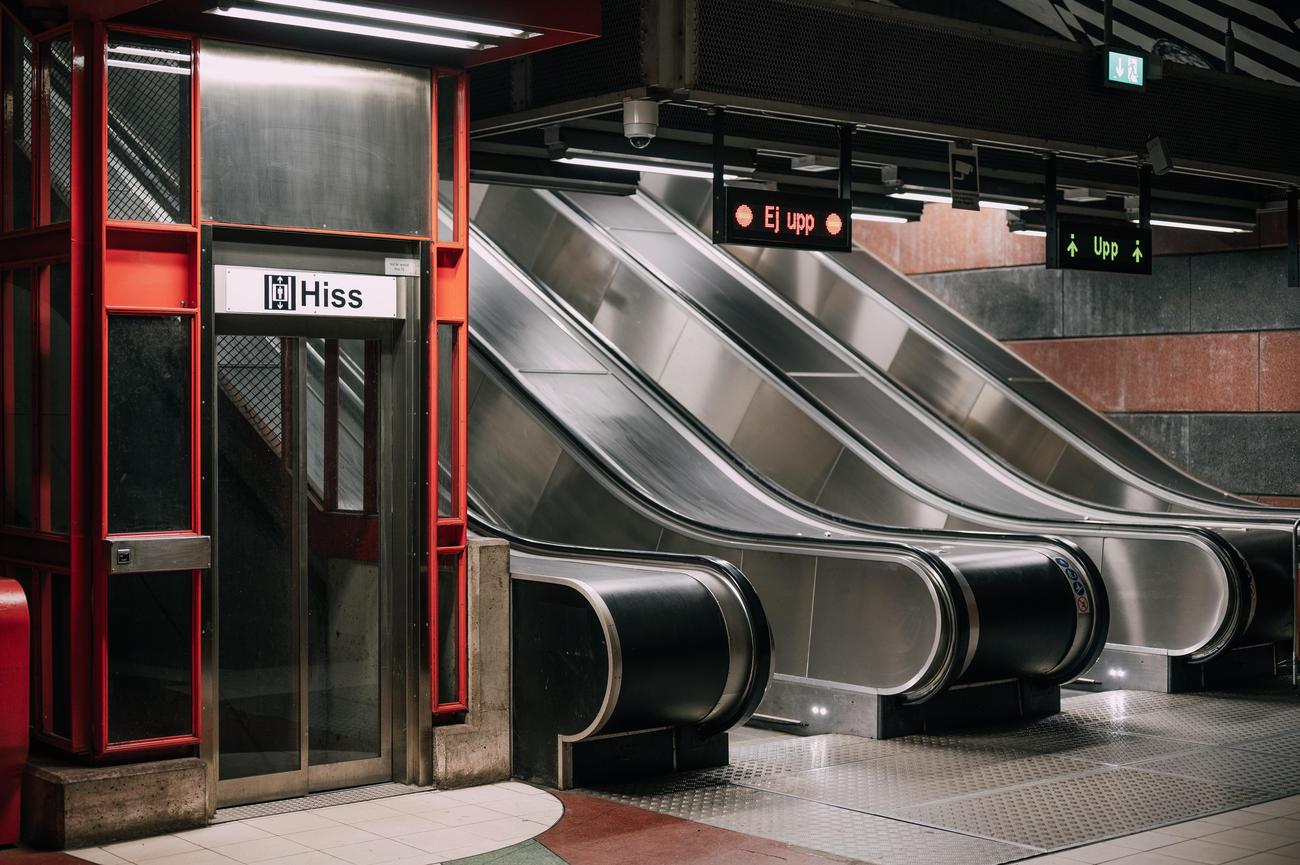Step back in time and embark on a nostalgic journey as we delve into the architectural significance of old elevators. In this captivating article, we will explore the hidden treasures of cities, unearthing the often overlooked but undeniably charming vertical transportation units that stand as silent witnesses to bygone eras. With an expert eye for meticulously preserved heritage structures and a passion for unraveling the architectural stories they hold, we will unveil the captivating world of old elevators and their contribution to the overall character of a space. Prepare to be captivated by the secrets, craftsmanship, and timeless beauty of these nostalgic gems.

The Architectural Significance of Old Elevators: A Nostalgic Journey
In our modern world, elevators have become an essential part of our daily lives. We step into these metal boxes without giving much thought to their architectural significance. However, if we take a moment to look back in time, we will discover that old elevators tell a tale of bygone eras, of innovation, and of social change. Join me on a nostalgic journey as we uncover the architectural significance of these iconic vertical transportation units.
Elevators: Pioneers of Vertical Transportation
The origins of elevators can be traced back to ancient times, where they were already making an impact. Roman architect Vitruvius referenced elevators in his works, and the pyramids of ancient Egypt showcased early examples of vertical transportation. However, it was not until 1857 that the first passenger elevator was installed in the E V Haughwout Building in New York City, a moment that revolutionized the way we navigate buildings.
“The birth of the elevator in the E V Haughwout Building marked the beginning of a new era, paving the way for the construction of taller buildings and transforming the architectural landscape of cities.”
The Evolution of Elevators
Although the basic technology of elevators has remained relatively unchanged throughout history, there have been notable advancements that shaped their architectural impact. Electric elevators, introduced in the late 19th century, propelled vertical transportation to new heights. Werner von Siemens, a German inventor, built the first electric elevator in 1880, opening up possibilities for taller and more efficient buildings.
“The invention of electric elevators not only increased the efficiency of vertical transportation but also played a vital role in the construction of skyscrapers, transforming the iconic skylines of cities across the globe.”
Elevators as Architectural Focal Points
As buildings reached for the skies, elevators became the central and focal point of architectural design. Gone were the days of hidden elevators tucked away in dimly lit corners. Architects recognized the value of elevators as more than just a means of transportation; they became symbols of architectural significance. Elevator lobbies transformed into glamorous spaces, adorned with intricate details and luxurious materials.
“The elevator lobby became a stage where architectural excellence was showcased, welcoming occupants and visitors into a world of elegance and grandeur.”
Contributing to Accessibility and Growth
The impact of elevators on society goes beyond their architectural value. Elevators have played a significant role in improving accessibility for individuals with mobility challenges, allowing them to navigate buildings effortlessly. Moreover, the introduction of elevators has facilitated the growth of cities, as taller buildings became feasible and practical.
“Elevators have changed the world in more ways than imagined, enabling the construction of towering structures and ensuring equal access for all individuals.”
Preserving the Heritage of Old Elevators
While modern elevators dominate the landscape today, the architectural significance of old elevators should not be forgotten. These vintage machines serve as tangible reminders of a bygone era, reflecting the craftsmanship and design of their time. Preserving and repurposing old elevators in adaptive reuse projects not only retains their historical value but also adds a unique charm to contemporary spaces.
“By breathing new life into old elevators, we celebrate their architectural significance, allowing them to continue their narrative in the ever-evolving urban fabric.”
In conclusion, old elevators hold a special place in architectural history and urban development. From their humble beginnings to becoming iconic symbols of architectural significance, elevators have left an indelible mark on our cities. By recognizing and appreciating their value, we can engage with the nostalgia and beauty these vertical transportation units bring to our spaces. So, the next time you step into an elevator, take a moment to appreciate the architectural journey it represents.
Table: Elevator Advancements
| Advancements |
|---|
| Electric Elevators |
| Push-Button Technology |
| Operator-Less Elevators |
| Elevator Inspection Services |
Here are some fascinating facts about old elevators that are sure to pique your curiosity. Did you know that elevators first originated in ancient Rome? They were powered by humans or animals and were used to transport goods and people. As time progressed, elevators became more sophisticated, with the invention of steam-powered elevators in the 19th century. These early elevators were known for their ornate designs and lavish interiors.
If you’re interested in learning more about the history and evolution of elevators, check out our page on facts about old elevators. You’ll discover how elevators revolutionized urban architecture and allowed for the construction of skyscrapers. Visit ../facts-about-old-elevators to uncover fascinating details about this iconic mode of transportation. Get ready to delve into the world of vintage elevators and uncover their secrets.
So, are you ready to explore the captivating world of old elevators? Click here to discover amazing facts about old elevators: facts about old elevators.

FAQ
Question 1
What was the first passenger elevator and when was it installed?
Answer 1
The first passenger elevator was installed in the E V Haughwout Building in New York City in 1857.
Question 2
What is the historical significance of elevators in human civilization?
Answer 2
Elevators have been a part of human history since ancient times, with references to elevators found in the works of Roman architect Vitruvius and the pyramids of ancient Egypt. They have had a significant impact on society and the architectural landscape of cities.
Question 3
How have elevators influenced the construction of taller buildings?
Answer 3
Elevators have allowed for the construction of taller buildings and have made building stories accessible and practical. They have played a crucial role in the vertical expansion of urban spaces.
Question 4
What are some major advancements in elevator technology?
Answer 4
Major advancements in elevator technology include the invention of push-button elevators, elevator inspection services, and operator-less elevators. These advancements have improved the efficiency and convenience of vertical transportation.
Question 5
What is the importance of elevators in the overall character and symbolism of a building?
Answer 5
Elevators became the central and focal point of taller buildings, housing glamorous lobbies and becoming a symbol of architectural significance. They contribute to the overall character and identity of a space, reflecting the era in which they were built.
“`json
“`









